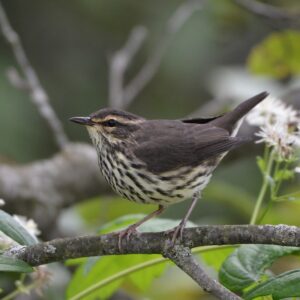WHSRN – Celebrating, Conserving Shorebirds in 13 Countries
06/20/2012
Shorebirds are among nature’s most ambitious, long-distance migrants. A Red Knot may fly the same distance as the Earth to the Moon before its 13th birthday. The Bar-tailed Godwit treks from Alaska to New Zealand to overwinter, and gets there by flying nonstop for up to nine days.
But many shorebird species have experienced serious declines and may even become extinct within our lifetime. Protecting these birds requires coordinated efforts within each of the countries they fly through during their vast, hemispheric migrations.
That’s why international conservation efforts like the Western Hemisphere Shorebird Reserve Network (WHSRN, pronounced “whissern”) are so important. It’s one of the few initiatives to bring conservation to the ground in places where it’s needed most.
You see, shorebirds’ seasonal migrations are perfectly timed to occur just as their food resources become available at very specific locations across the hemisphere during a very short window of time.
So WHSRN’s efforts are based on the simple idea that to sustain healthy populations of shorebirds, we must maintain the ecological integrity of key sites—those specific locations—that provide the habitats and nourishment they need for survival.
I’ve had the pleasure of chairing this Network since 2010. Nature Canada has worked with its provincial partners to protect WHSRN sites in places like ChaplinLake, Saskatchewan, Beaverhill Lake, Alberta and beyond our borders in Panama.
We’re also working with partners like BC Nature and others to celebrate and conserve habitat at Important Bird Areas in the Tofino Mud Flats of British Columbia, where tens of thousands of Western Sandpipers pass through on their biannual migrations, as well the James Bay region, an important stopover for the Red Knot. Both these locations, I’d argue, are ideal future WHSRN sites.
Our friends at the Manomet Center for Conservation Sciences recently updated a set of fact sheets about WHSRN, including a map showing the Network’s 87 sites in 13 countries, covering more than 32 million acres (or nearly 13 million hectares).
I encourage you check them out – in the language of your choice! – to learn more about WHSRN and the important work it does on behalf of birds and biodiversity.




